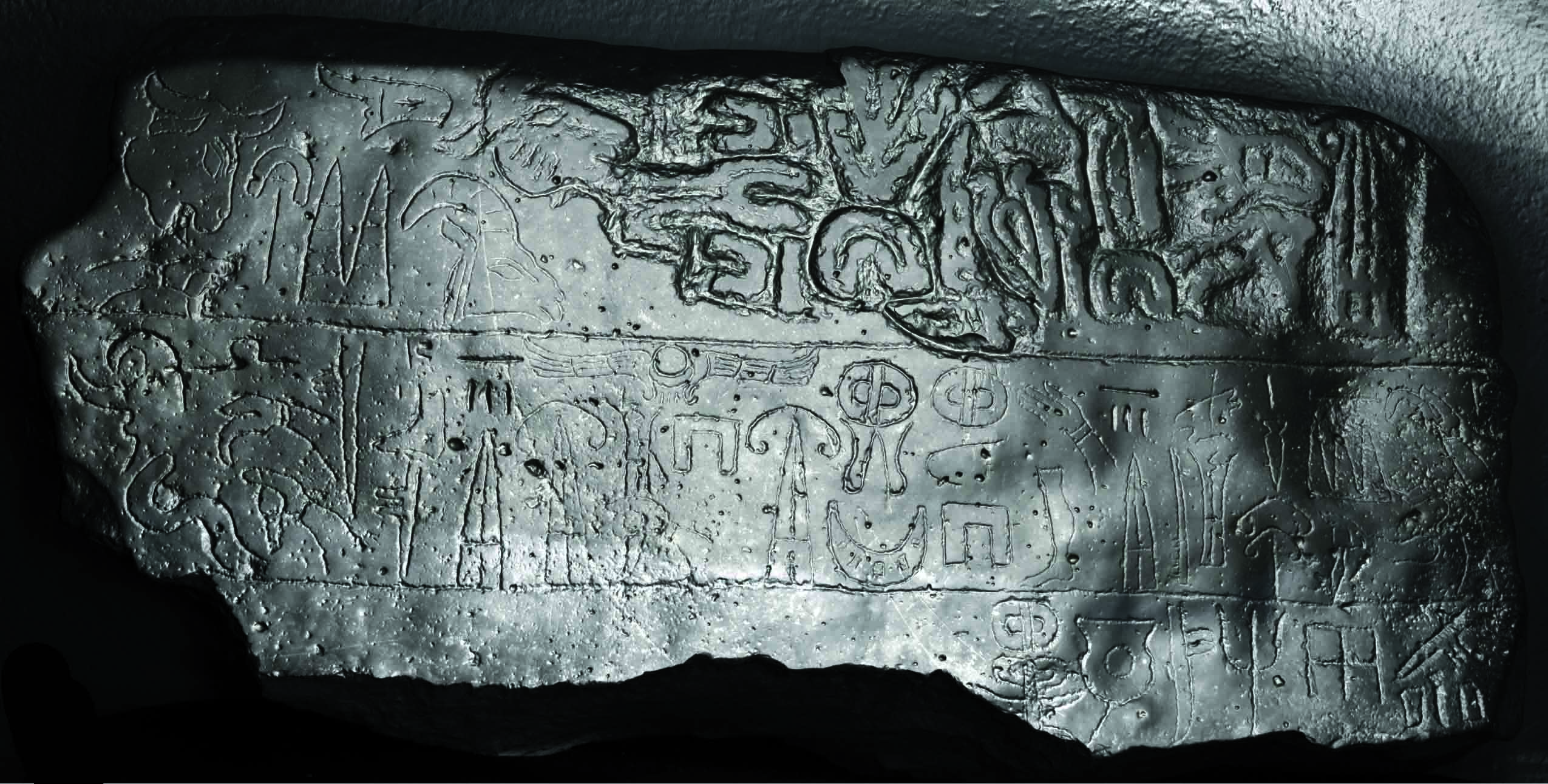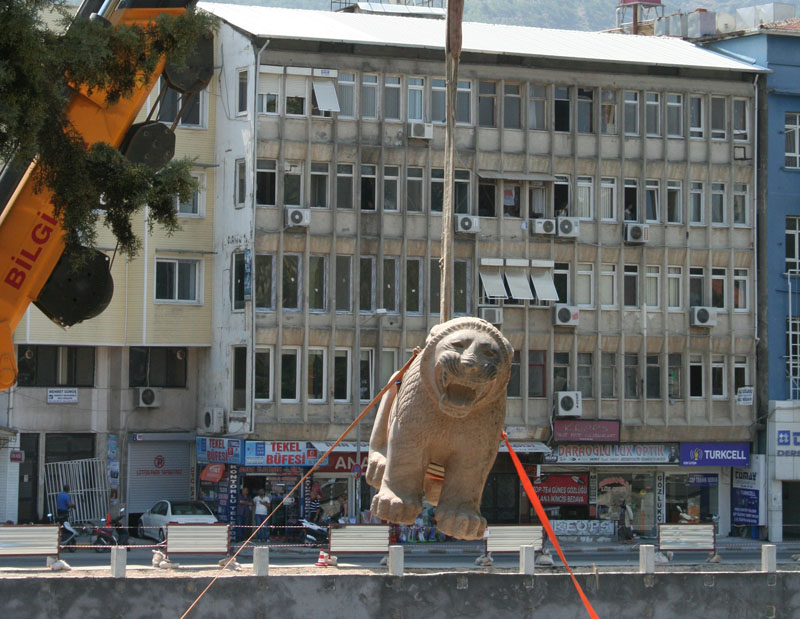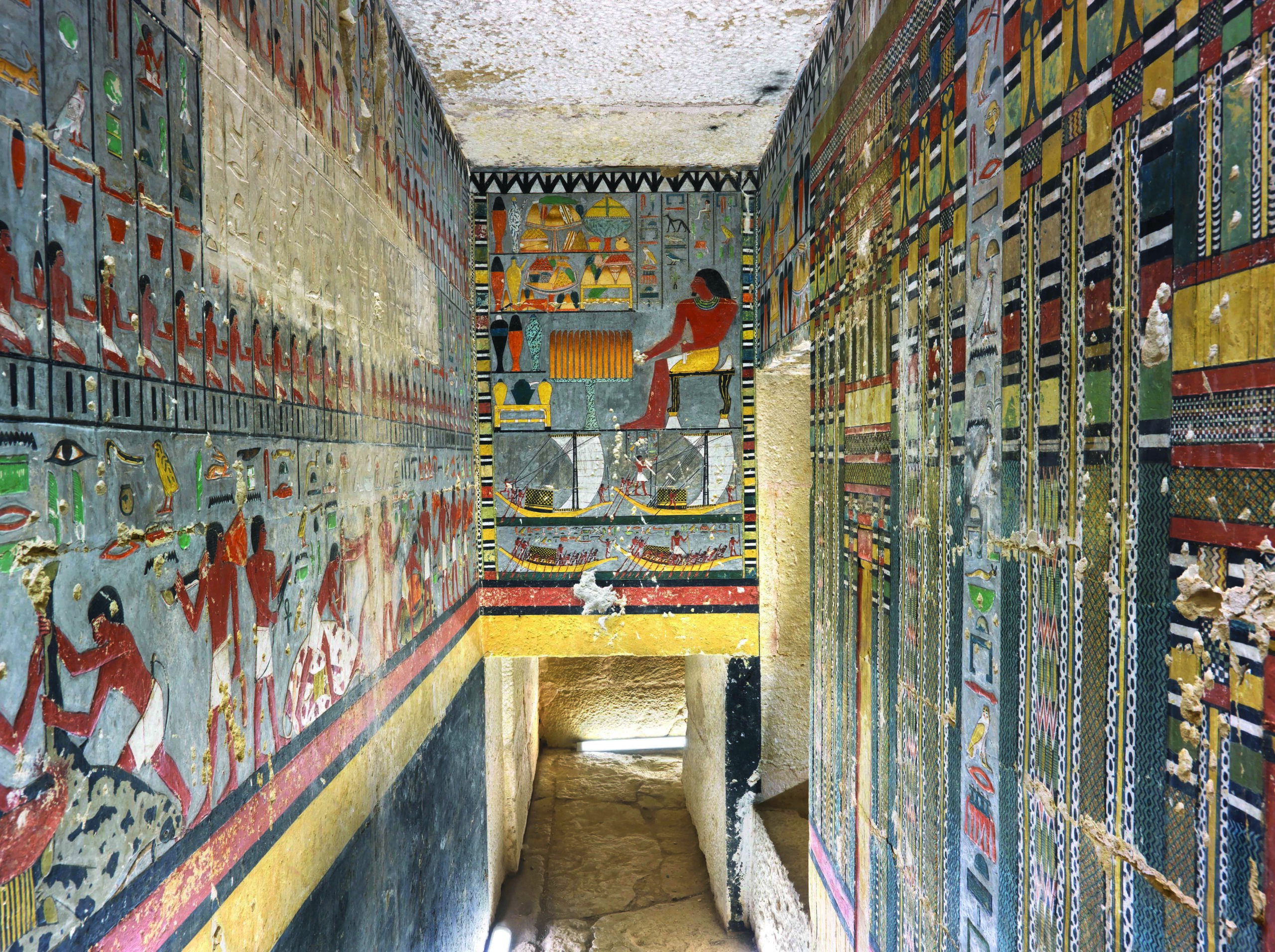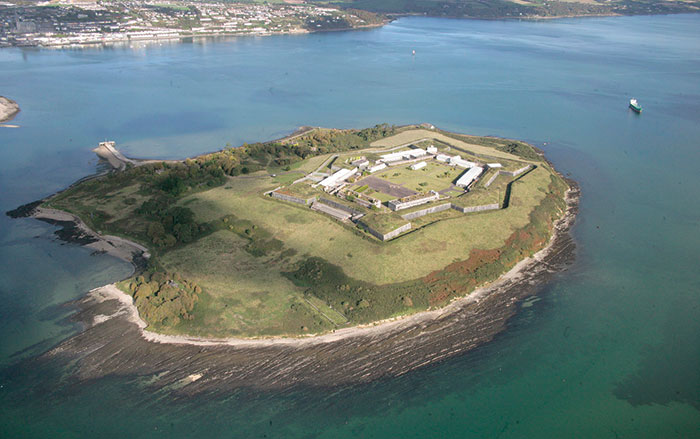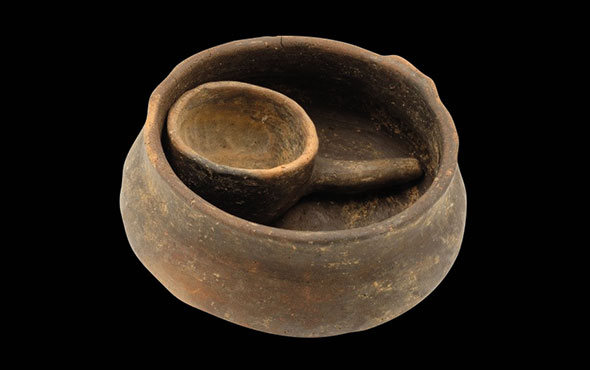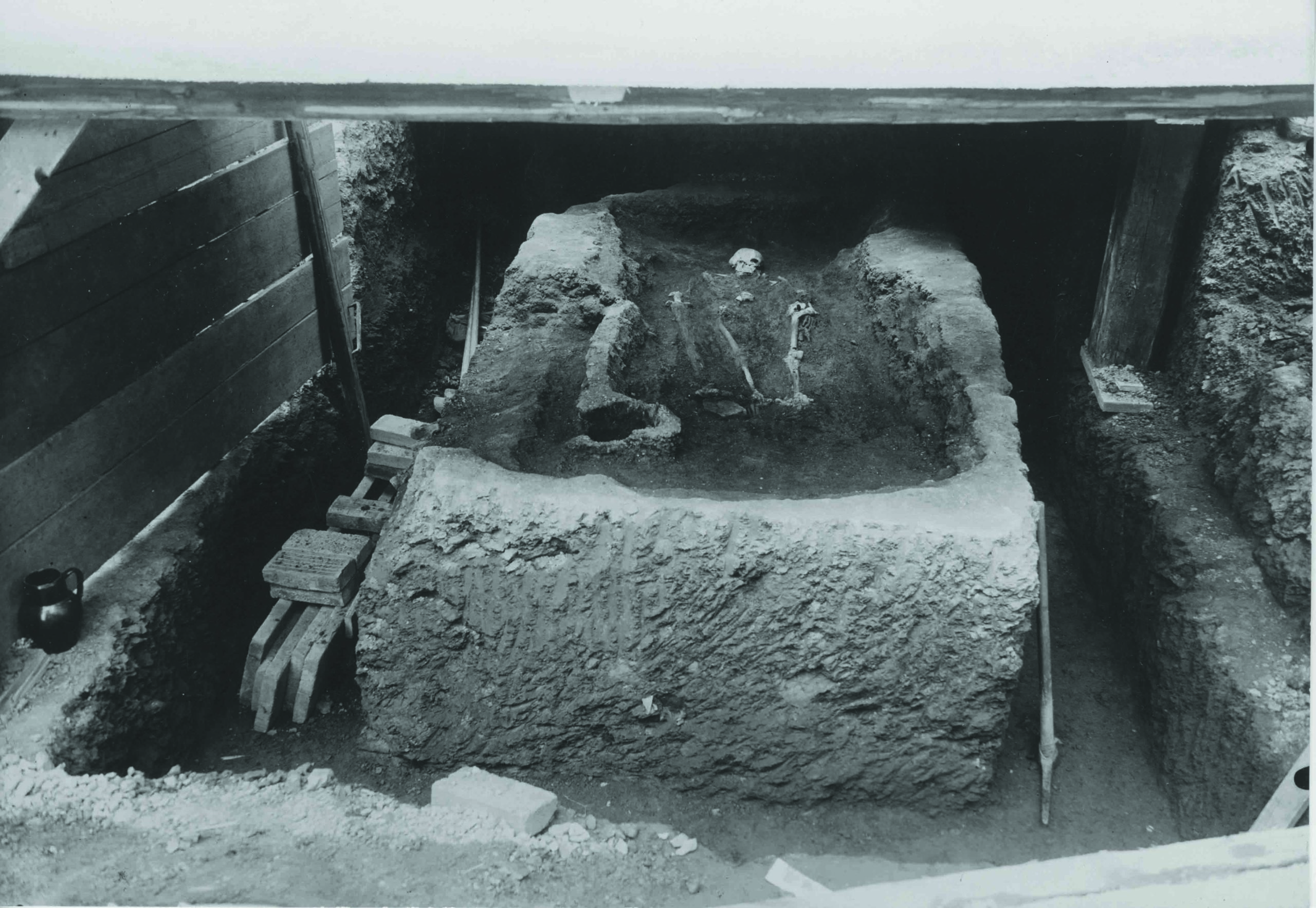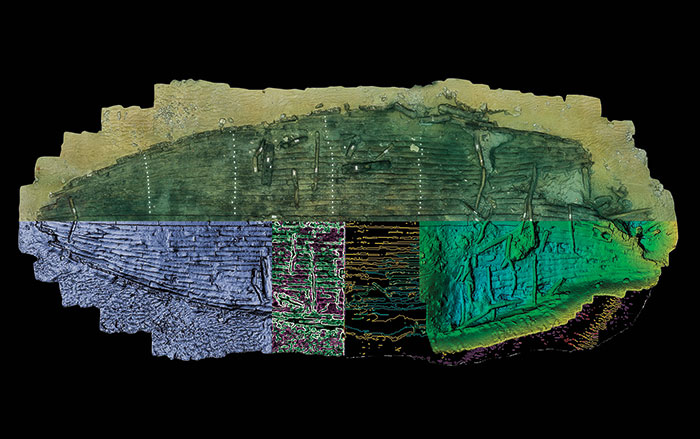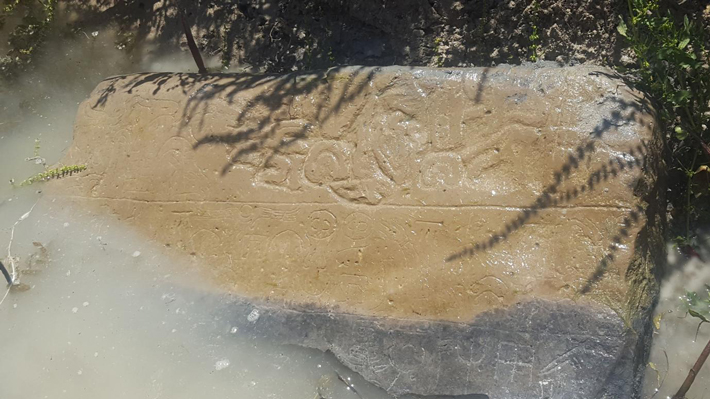
CHICAGO, ILLINOIS—According to UChicago News, James Osborne of the university’s Oriental Institute and Michele Massa of the British Institute at Ankara identified an inscribed stone discovered by a farmer in an irrigation canal in southern Turkey as a document from a lost Iron Age kingdom. Osborne said the text, written in Luwian hieroglyphs in the late eighth century B.C., contained a special mark indicating the message came from a king named Hartapu, and that his still unidentified kingdom at the site of Türkmen-Karahöyük had defeated the kingdom of Muska, which is also known as Phrygia. Osborne said the king’s name has also been found on an inscription located about ten miles to the south of where the new stone was discovered. To read about the sudden destruction of the Bronze Age settlement of Zincirli in southeastern Turkey, go to "The Wrath of the Hittites."


